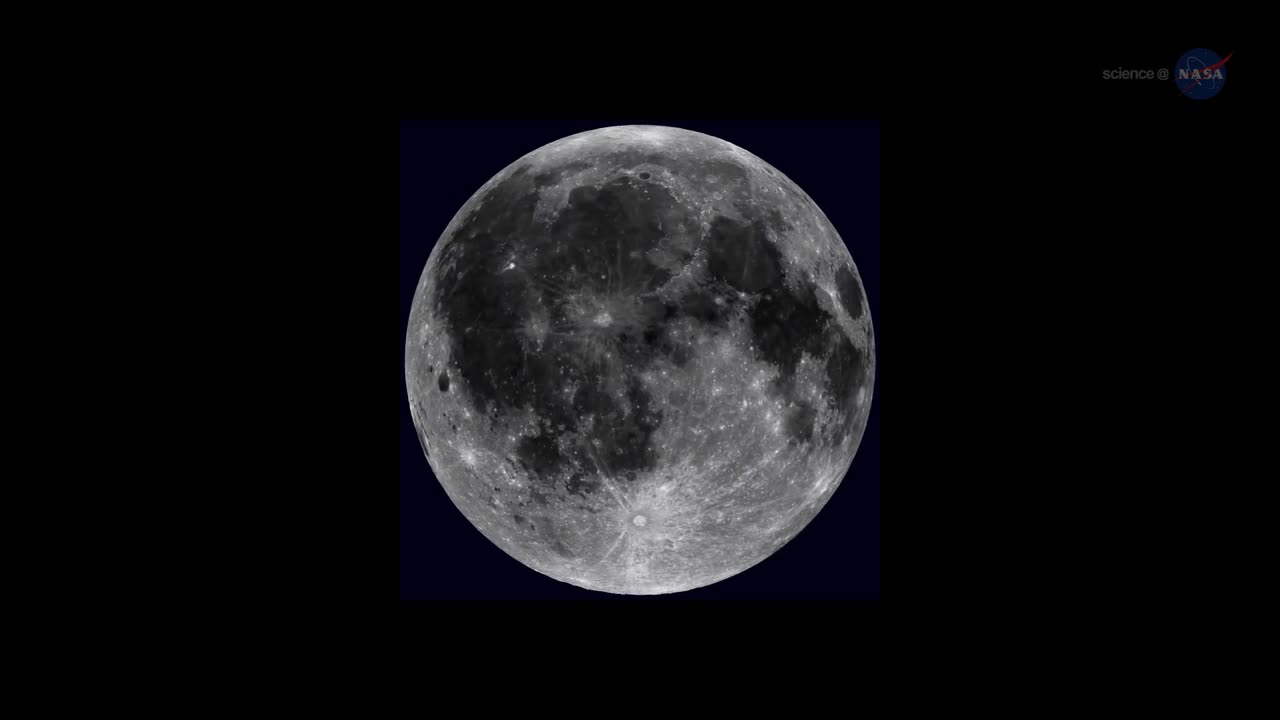Premium Only Content

Lunar Volcano
Volcanism on the Moon is represented by the presence of volcanoes, pyroclastic deposits and vast lava plains on the lunar surface. The volcanoes are typically in the form of small domes and cones that form large volcanic complexes and isolated edifices. Calderas, large-scale collapse features generally formed late in a volcanic eruptive episode, are exceptionally rare on the Moon. Lunar pyroclastic deposits are the result of lava fountain eruptions from volatile-laden basaltic magmas rapidly ascending from deep mantle sources and erupting as a spray of magma, forming tiny glass beads. However, pyroclastic deposits formed by less common non-basaltic explosive eruptions are also thought to exist on the Moon. Lunar lava plains cover large swaths of the Moon's surface and consist mainly of voluminous basaltic flows. They contain a number of volcanic features related to the cooling of lava, including lava tubes, rilles and wrinkle ridges.
The Moon has been volcanically active throughout much of its history, with the first volcanic eruptions having occurred about 4.2 billion years ago. Volcanism was most intense between 3.8 and 3 billion years ago, during which time much of the lunar lava plains were created. This activity was originally thought to have petered out about 1 billion years ago, but more recent evidence suggests that smaller-scale volcanism may have occurred in the last 50 million years. Today, the Moon has no active volcanoes even though a significant amount of magma may persist under the lunar surface.
-
 1:00:51
1:00:51
Benny Johnson
4 hours ago🚨Hunter Biden FLEES America in FEAR | Lara Trump Responds to Democrat INSURRECTION at Trump Tower
77.1K75 -
 1:12:31
1:12:31
The Dan Bongino Show
6 hours agoSee You On The Other Side (Ep. 2442) - 03/14/2025
938K2.34K -
 1:32:44
1:32:44
Flyover Conservatives
14 hours agoThis Is Not What They Told Us—Watch & Decide for Yourself! - Dr. Stella Immanuel | FOC Show
35.1K -
 LIVE
LIVE
Bannons War Room
24 days agoWarRoom Live
4,918 watching -
 2:02:06
2:02:06
Film Threat
16 hours agoNOVOCAINE + TONS OF REVIEWS! | Film Threat Livecast
34.4K -
 2:03:48
2:03:48
LFA TV
18 hours agoMAGA GETTING SWATTED! | LIVE FROM AMERICA 3.14.25 11AM
89.7K23 -
 1:24:53
1:24:53
Caleb Hammer
3 hours agoPathetic Brat Thinks Shes Hot Sh*t | Financial Audit
43.9K7 -
 1:09:07
1:09:07
The Big Mig™
6 hours agoThe Wise Guys w/ Johnny Tobacco. "FUGGEDABOUDIT"
37.5K4 -
 41:58
41:58
BonginoReport
8 hours agoDan Bongino’s Last Interview (Ep.160) - 03/14/2025
203K210 -
 2:24:14
2:24:14
Matt Kohrs
16 hours agoBreaking Market News, Tariff Updates & Payday Friday || The MK Show
70.9K2